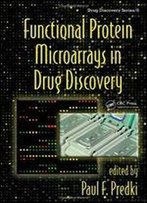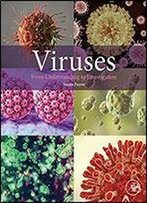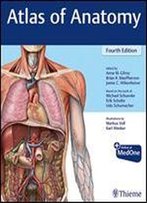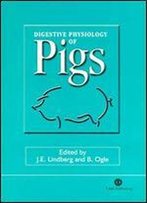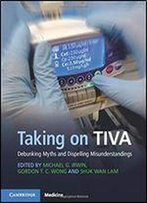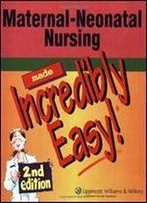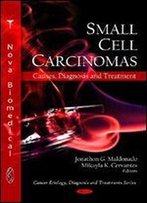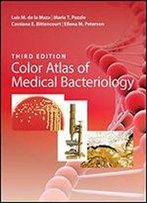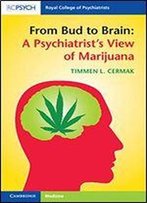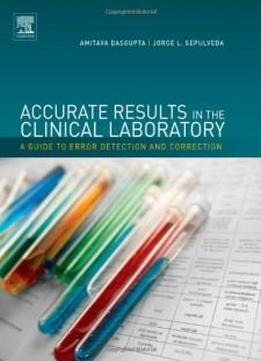
Accurate Results In The Clinical Laboratory: A Guide To Error Detection And Correction
by Amitava Dasgupta /
2013 / English / PDF
5.3 MB Download
This practical, easy-to-use guide addresses interference issues
in all laboratory tests, including patient epigenetics, process
of specimen collection, enzymes, biomarkers. Clinicians and
laboratory scientists can therefore rely on one reference which
speaks to both their needs of accurate specimen analysis and
optimal patient care.
This practical, easy-to-use guide addresses interference issues
in all laboratory tests, including patient epigenetics, process
of specimen collection, enzymes, biomarkers. Clinicians and
laboratory scientists can therefore rely on one reference which
speaks to both their needs of accurate specimen analysis and
optimal patient care.
Erroneous hospital and pathology laboratory results can be
confusing and problematic, especially in acute care situations.
While some factors creating interference, can be identified in
the laboratory, detecting many others is often dependent on
clinical details unavailable to the laboratory scientists or
pathologists. Therefore, clinicians must become proficient in
identifying such erroneous reports, and working with pathologists
and laboratory scientists so that they can understand the source
of such interferences, correct the results, and then decide what
course of action must be followed for proper patient management.
Erroneous hospital and pathology laboratory results can be
confusing and problematic, especially in acute care situations.
While some factors creating interference, can be identified in
the laboratory, detecting many others is often dependent on
clinical details unavailable to the laboratory scientists or
pathologists. Therefore, clinicians must become proficient in
identifying such erroneous reports, and working with pathologists
and laboratory scientists so that they can understand the source
of such interferences, correct the results, and then decide what
course of action must be followed for proper patient management.Practical information for both clinicians and laboratory
scientists, presented in the form of tables and charts for easy
reference
Practical information for both clinicians and laboratory
scientists, presented in the form of tables and charts for easy
referenceFocus on range and sources of interferences rather than
details of toxicologic mechanisms which are well covered in
toxicology textbooks
Focus on range and sources of interferences rather than
details of toxicologic mechanisms which are well covered in
toxicology textbooksCovers interferences across endocrine, oncology, hematology,
immunohistochemistry, immunology, serology, microbiology, and
molecular testing
Covers interferences across endocrine, oncology, hematology,
immunohistochemistry, immunology, serology, microbiology, and
molecular testing


